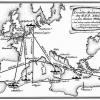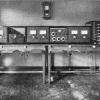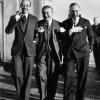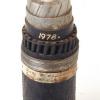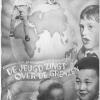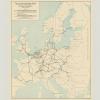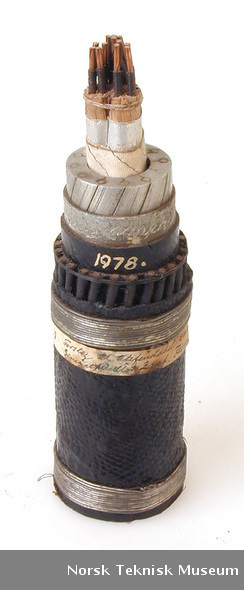Materializing quality: creating the 'concert of Europe' - literally.
To help create a way to broadcast across borders without interference, IBU engineers attempted to create an international broadcasting network that would allow for live transmission of events throughout Europe.
In their eyes, wireless transmission was incapable of sending sufficiently high-quality signals over vast distances. Wireless signals often lost their quality when traveling long distances due to interference from electric apparatus or geophysical circumstances.
The IBU, in collaboration with the International Telegraph Union's International Telephone Consultative Committee, examined the possibility of employing telephone cables and wires to spread music across long distances. Music transmissions via cable could easily be amplified and travel long distances without losing their quality.
Most existing copper telephone cables were only of sufficient quality to transmit speech, which required a relatively small Hertzian range to transmit intelligibly. In order to transmit music, cables would have to diffuse larger ranges; otherwise, the highest and lowest tones of concerts would not come through.
By the end of the 1930s, the IBU succeeded in creating an international relay network of high-quality cables to connect Europe. This enabled broadcasters to create live musical events that could reach every broadcaster in Europe.
 Previous Story
Next Story
Previous Story
Next Story
How to cite this page
Suzanne Lommers, 'Materializing quality: creating the 'concert of Europe' - literally.', Inventing Europe, http://www.inventingeurope.eu/governance/materializing-quality-creating-the-concert-of-europe-literally
Sources
- Fickers, Andreas, and Suzanne Lommers. “Eventing Europe: Broadcasting and the Mediated Performances of Europe.” In Materializing Europe: Transnational Infrastructures and the Project of Europe, edited by Andreas Fickers and Alexander Badenoch, 225–251. London: Palgrave, 2010.
- Lommers, Suzanne. Europe - On Air : Interwar Projects for Radio Broadcasting. Amsterdam: Amsterdam University Press, 2012.
- Wormbs, Nina. “Technology-Dependent Commons:The Example of Frequency Spectrum for Broadcasting in Europe in the 1920s.” International Journal of the Commons 5, no. 1 (2011): 92–109.





